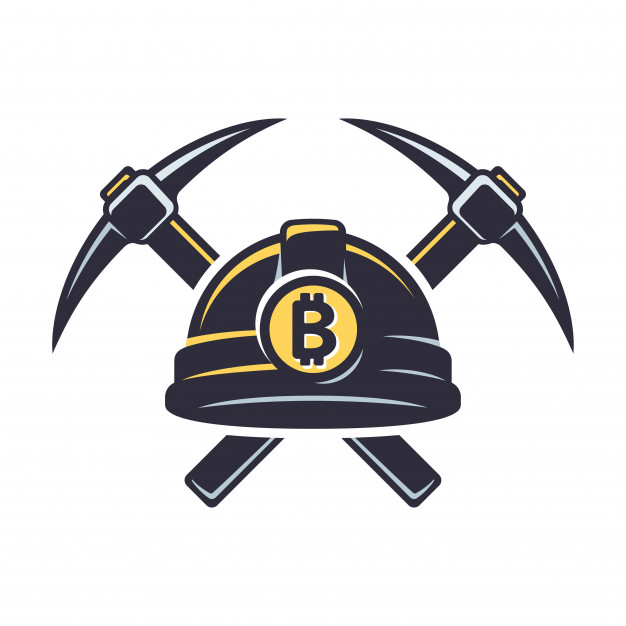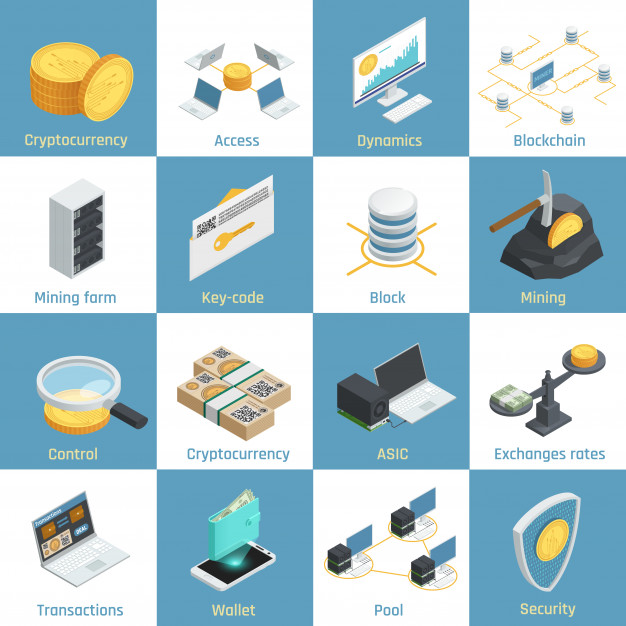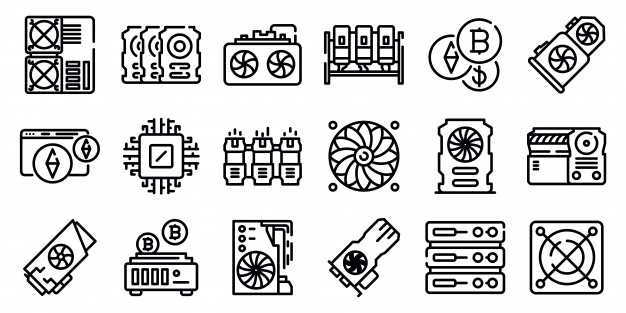In the absence of a central governing authority, blockchain-cryptocurrency economies use computerised protocols to secure their networks. Since blockchains are immutable— once data is added, it cannot be changed or removed—it is vital that only valid transactions get added to the chain.
Cryptocurrency mining is the process by which a category of blockchain users, also known as miners, verify transactions initiated on the network. They are also responsible for arranging these transactions in the form of interconnected blocks. Alongside this, mining also releases new tokens and adds to the existing circulation of the cryptocurrency.

However, not all cryptocurrencies are mined. As such, blockchains that use the Proof-of-Work (PoW) consensus algorithm require mining. Bitcoin is the most popular blockchain that uses this first, “original” method for crypto mining.
Consensus & Proof of Work (PoW): The process of mining
The consensus among network members (nodes) is a cornerstone of decentralisation. However, it must be generated without calling on a centralised entity. To achieve this, blockchains use cryptographic algorithms, such as Proof of Work.
When a new transaction is initiated, every node on the network is informed of it and performs an initial verification. Then, the transaction reaches a memory pool, and at this point, the miners get to work.
Under PoW, miners use their computational power to solve a “cryptographic puzzle” that is unique to every transaction. Known as hashing, this process generates a hash: a long string of enciphered numbers and letters. The algorithm which converts the transaction’s data into a hash is called a hash function.

Irrespective of the input’s size, a particular function (for instance, Bitcoin’s SHA-256) always generates hashes of a particular length. Even the slightest change in the original data returns an unrecognisable hash.
Following a process of multiple hashing, miners generate a new block for the transaction—a candidate block. It contains information about all the hashes involved in the process, the previous block’s ID, and some other parameters. Thus, the verified transactional data is stored in a chain-like form.
Block Rewards and the Release of New Coins
As an incentive for their efforts, miners receive the network’s native crypto as block reward. Block rewards are pivotal to blockchain economies, as they represent the miner’s stake to approve valid transactions only. The amount received as the reward is fixed in relation to the protocol’s difficulty level. This, in turn, is adjusted periodically in proportion to the network’s total computational power.
Shortcomings of Mining
The Proof-of-Work mining process is extremely resource-intensive. Consequently, miners often gather their resources to form mining pools or join large mining farms. This is seen as a challenge to the principles of decentralisation.
Furthermore, it harbours the risk of 51% Attacks, where more than half of all nodes work as one and take control of the network. In these cases, the attackers can halt transactions for some or all other users. Moreover, they can double-spend on the network by reversing completed transactions.

Apart from these, the complexities of mining entail long processing time for transactions—for Bitcoin’s Proof-of-Work algorithm, it is presently 10-40 minutes or more. Despite ensuring security, this is a major hindrance to the blockchain’s scalability and subsequent mass adoption.
Presently, thus, substantial efforts are underway to develop alternatives such as Proof-of-Stake (PoS) where "validators" replace "miners". Instead of using high computational power, this protocol requires validators to "stake" a certain amount of cryptocurrency as collateral.
To know more, while buying/selling the new Bitcoins being mined every day, sign-up to bitFlyer.





